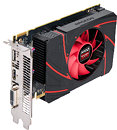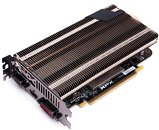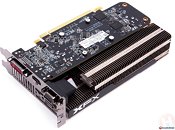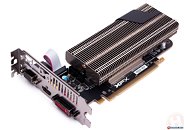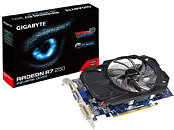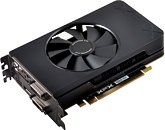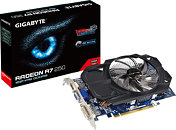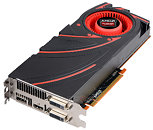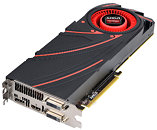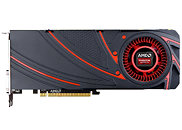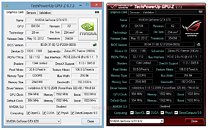
SAPPHIRE Also Debuts Two Radeon R7 250X Graphics Cards
SAPPHIRE Technology has just announced two new models in the successful R-series of graphics cards, bringing the company's industry leading cooling technologies into the mainstream. The SAPPHIRE R7 250X Vapor-X and SAPPHIRE R7 250X are based on the successful graphics GCN (Graphics Core Next) architecture from AMD and deliver advanced features at new affordable price levels.
The SAPPHIRE R7 250X Vapor-X has 1 GB of the latest DDR5 memory clocked at 1300 MHz (5.2 GB/s effective) and a GCN architecture with 640 stream processors and core clocks of 1100 MHz to deliver new levels of performance in its price segment. It features a dual fan SAPPHIRE exclusive Vapor-X cooler, which delivers quiet and efficient cooling even under load. SAPPHIRE pioneered the use of Vapor Chamber cooler technology in graphics cards and has received industry acclaim for its use in previous models.
The SAPPHIRE R7 250X Vapor-X has 1 GB of the latest DDR5 memory clocked at 1300 MHz (5.2 GB/s effective) and a GCN architecture with 640 stream processors and core clocks of 1100 MHz to deliver new levels of performance in its price segment. It features a dual fan SAPPHIRE exclusive Vapor-X cooler, which delivers quiet and efficient cooling even under load. SAPPHIRE pioneered the use of Vapor Chamber cooler technology in graphics cards and has received industry acclaim for its use in previous models.






